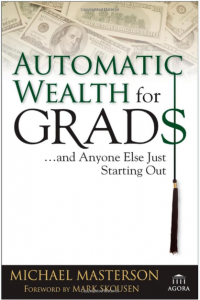More on Biden’s Early Resignation

On April 18 and then again on July 28, I speculated that Biden would not be a candidate for the 2024 election. I came up with that conspiracy theory based on two observations:
1.- The obvious fact that he is in serious mental decay. He cannot make a speech without a teleprompter. He cannot coherently answer questions from the press. He cannot find his way up to or down from a dais. And he’s happy to admit to whoever is listening that he is verbalizing sentences that have been written for him and otherwise following instructions on what to do and what to say.
2.- The Hunter Biden story is going to get worse, not better. This wasn’t apparent to those that were getting all their news from CNN or the NYT, but it was increasingly clear to anyone that watched the Congressional hearings on the scandal. The Biden defense team has changed his script from “It never happened” to “I knew nothing about it” to “If he did something, I have nothing to do with it and I support him because I’m a loving father.”
That’s not good enough. And I believe the policy makers on the Democratic side know that. They are certainly aware of his cognitive issues, and they had to be aware that he was declining quickly. That’s why they kept him in his basement in the first place and made him the president with the least contact with the press in modern times. This strategy was successful because the contest was between Trump and anyone that wasn’t Trump. That’s why Biden won. But if they put him in the ring with Trump now, it will be a contest between an aging lamb and a still ferocious lion.
When I first predicted that Biden would resign, I suspect most of my readers thought I was crazy. There was no sign that he was not fully supported by his party’s leaders. And Biden himself reminded the press repeatedly that he would be running for a second term.
But the landscape of support for Biden has changed considerably. His ratings have steadily fallen since his botched and embarrassing withdrawal from Afghanistan. At the same time, there has been a gradual but noticeable decline in the support Biden has been given from Democrats in Congress.
Most tellingly, though, is the gradual loosening of the protective shield Biden has enjoyed by Big Media. After two years of trying to trash the laptop story, stories are beginning to appear – even on the front pages – acknowledging the millions of dollars that went from Russia, China, and Ukraine, from overseas shell companies to Hunter and dozens of other Biden family members.
Probably months before I figured it out, Biden’s handlers realized the dangers that lay ahead of them. And they certainly understood that the old policy of hiding Biden from the public wasn’t going to work in 2024. I don’t think the gradual withdrawal of support for him is a coincidence. It was decided long ago that in 2024 it’s going to be Trump versus… well, take your pick.
In this recently published essay in The Free Press, Peter Savodnik suggests a half-dozen people that could replace Biden as the Democrat presidential candidate for 2024.











